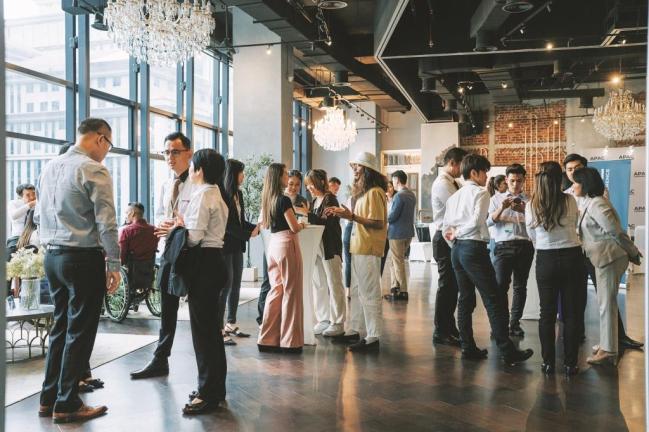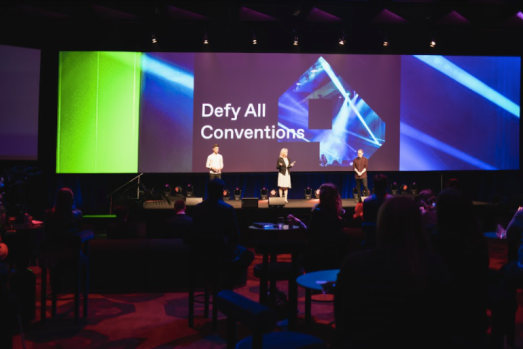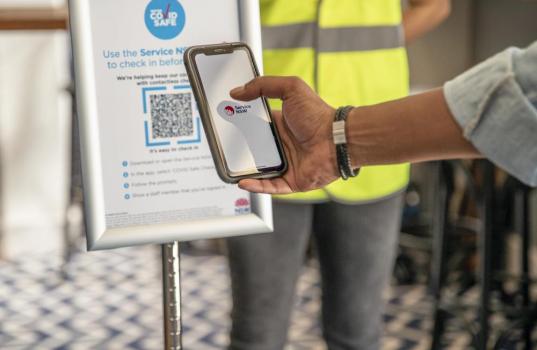
The digital era has given us more control than ever over how and where we work, shop and interact.
No longer are we tied to the physical world or even having to be present to complete tasks or transactions because technology supports us to seamlessly run our lives.
Digital communication tools keep us connected to family, friends, work colleagues, clients and suppliers.
According to research from Meltwater and We Are Social, Australian internet users are spending an average of five hours and 51 minutes online each day as we keep in touch across social media platforms, emails and text messages.
Before you’ve even finished your morning coffee, you find out Aunt Mary is taking her dog to the vet, your work colleague is on vacation in Vietnam, there has been a change of leadership at Qantas, your boss is working remotely today, a supplier has a new range of sustainable products, the trains are disrupted, there is an event at your child’s school tomorrow, you have two virtual meetings today, your purchase order for a piece of equipment requested has been approved, and there is a new starter joining your team.
You’re drowning in a wave of notifications, and you haven’t even spoken to anyone yet!
Sound familiar? While productive, this lifestyle is not creating real human connections. The family WhatsApp chat lets you know Aunt Mary’s dog is okay, but you’ve not actually had an in-person catch up since Christmas.
Our digital networks are growing but how many of those followers do we know well enough to reach out to in order to work on a project together, recommend for a role at your company, or invite to lunch just to catch up?
Despite our increased channels of digital connection, social isolation is on the rise, with data from the HILDA survey – one of Australia’s leading sources of information on economic and personal wellbeing – showing an 11 per cent decline in frequency of social contact of between 2001 and 2020.
It’s not surprising that IACC survey data reveals networking is now one of the most important meeting event objectives.
Event attendees are increasingly reporting opportunities to network and meet people as a priority when attending conferences and events.
There is no replacement for human connection and conversation. When we are physically together, we generate more creative ideas, learn faster, retain more information and communicate more effectively, creating deeper bonds.
For a holistic approach to wellbeing, let’s encourage bringing human connection back into our everyday lives.
As meeting industry professionals, this is our opportunity to drive change for ourselves, our colleagues and our clients.



